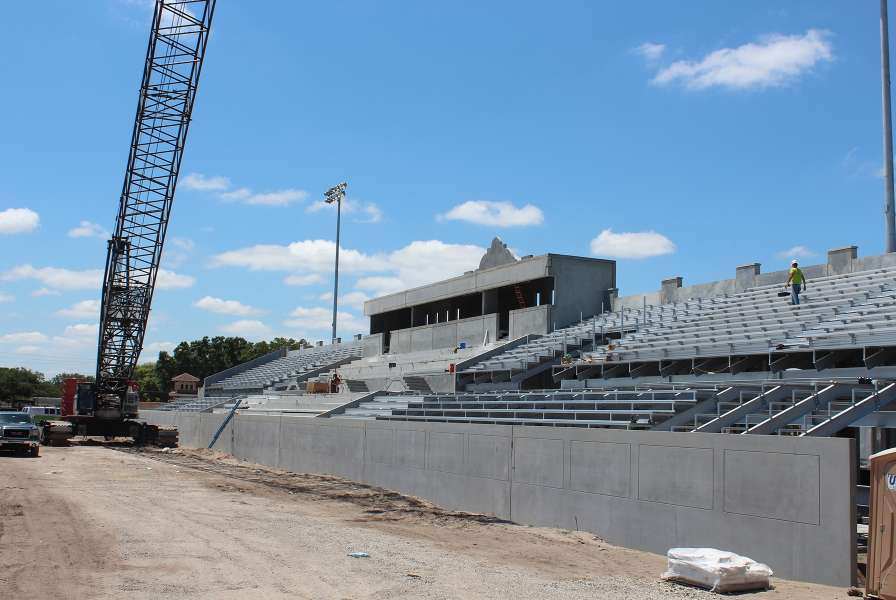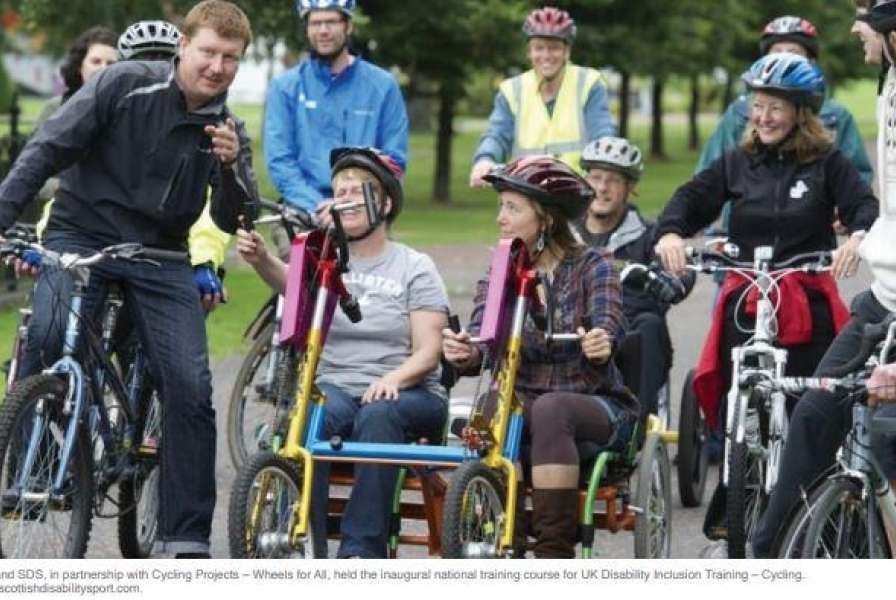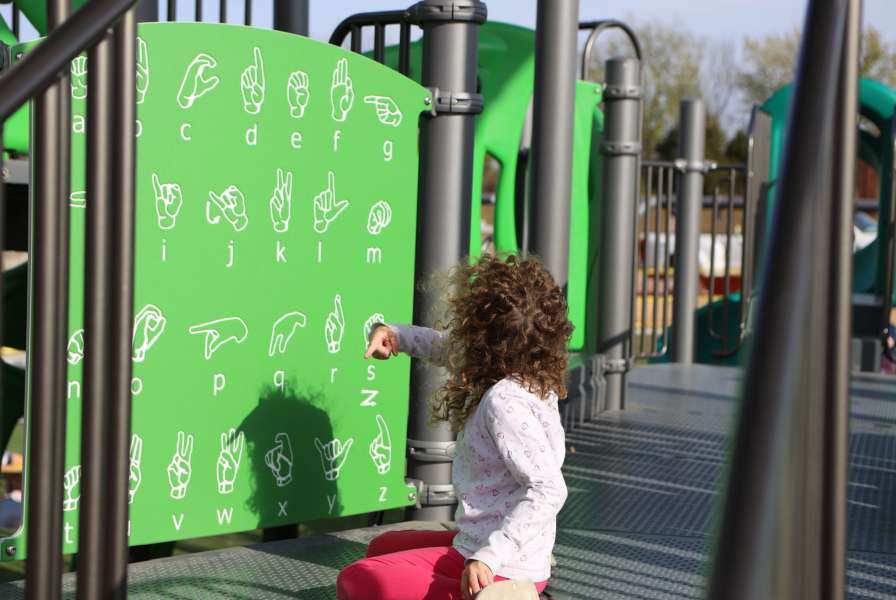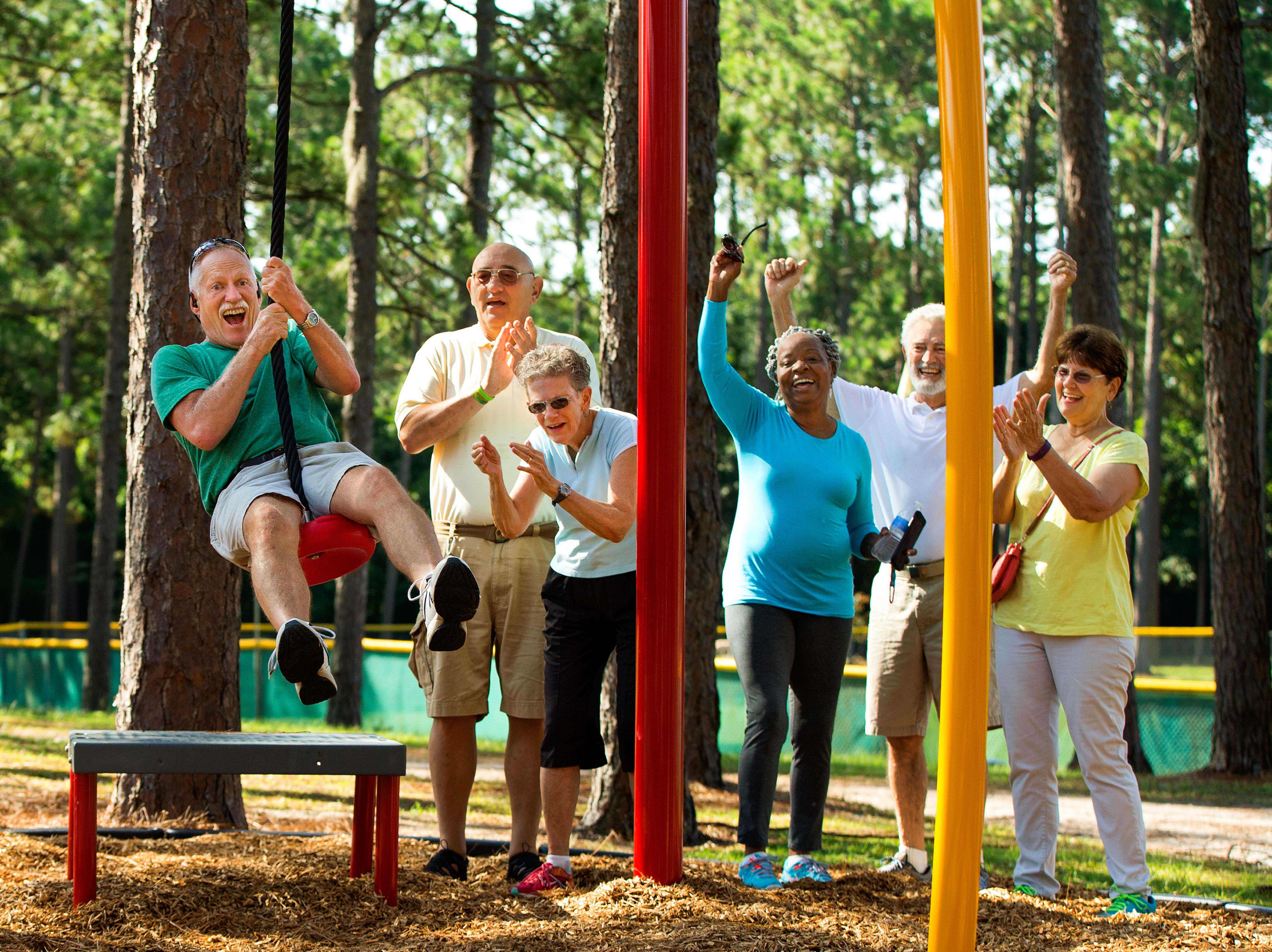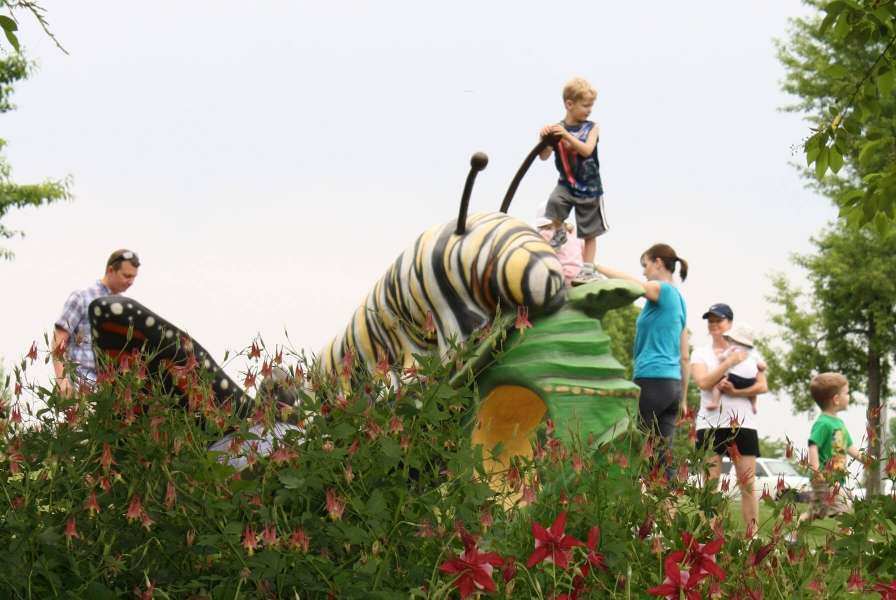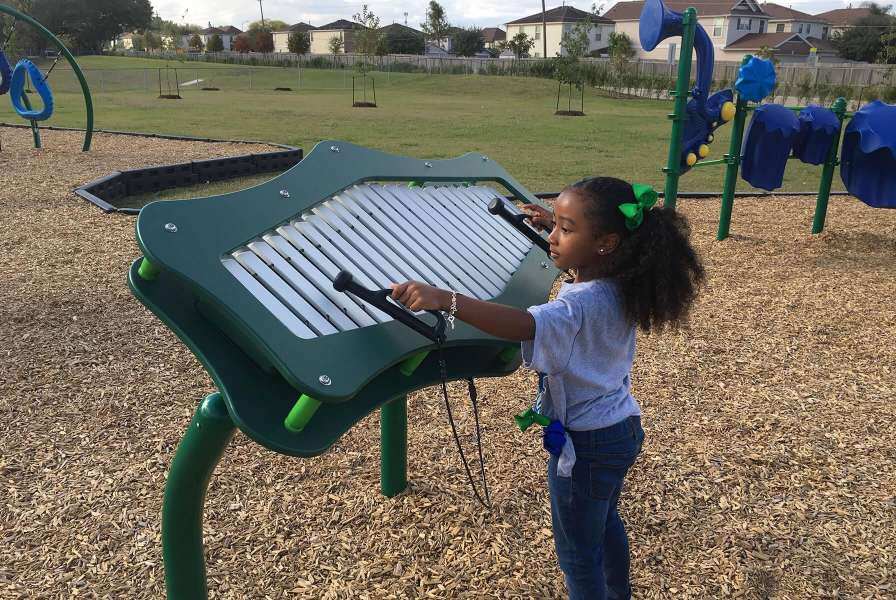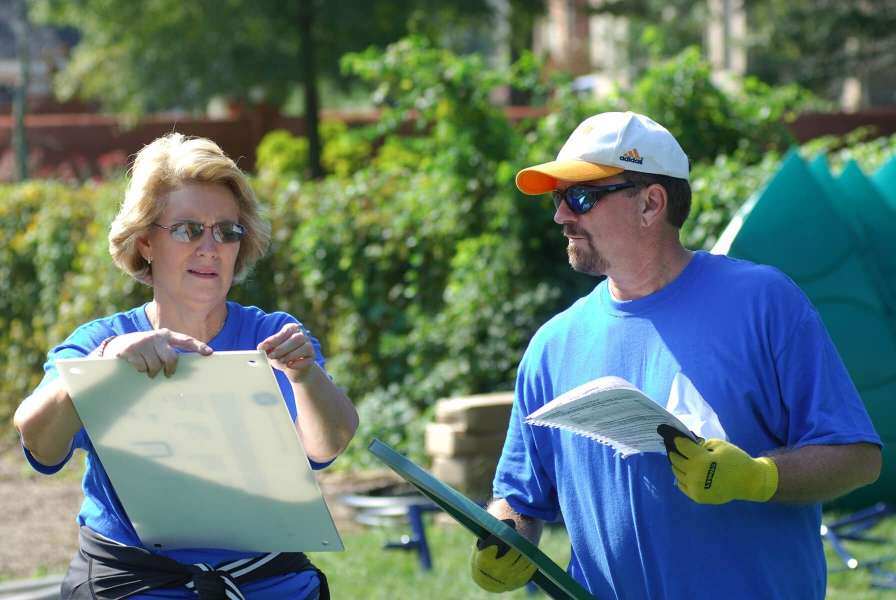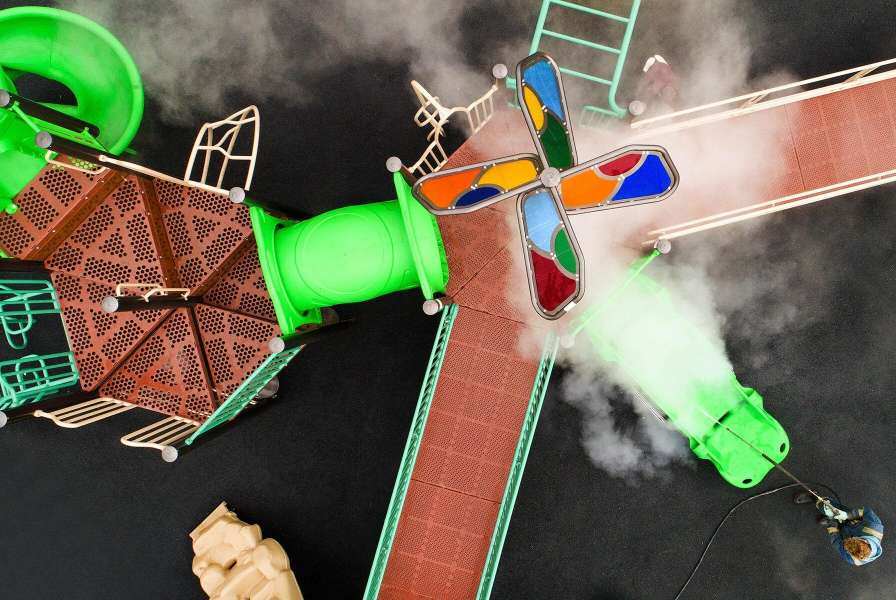Once your bleachers/grandstands order has been placed, it is important that they are installed and maintained properly to ensure longevity and enjoyment for years to come. Consider the following general guidelines in the installation and maintenance of your project and be sure to ask your manufacturer for any additional information required.
Installation Guideline
It is essential to ensure the products are installed correctly and to specification. This will require communication with the manufacturer throughout the project to ensure compliance and documentation of the work completed. The following recommendations will help protect your investment:
-
- Ensure that installation is being followed per manufacturer recommendations
- Maintain good files and photographs for the project from inception to finish
- Ensure the project meets all specifications
- Ensure you receive what you paid for and sign-off on it
- Discuss maintenance scheduling and inspection
- Secure all paperwork and documentation
- Obtain a letter of compliance
- Obtain a project-specific warranty
- Conduct routine safety inspections and ADA compliance inspections
- Conduct a final inspection
- Obtain a copy of manufacturer's warranty/guarantee
Inspection and Care
Inspection
A general guideline for bleacher inspections is to perform them at least quarterly or seasonally, or if available, to the manufacturer's specification. This checklist may provide a good starting place, but before undertaking an inspection and maintenance schedule, it is a good idea to check with your local building inspector to learn which building codes the city follows and if they have specific guidelines in regard to inspections. The frequency may depend on state laws, local ordinances, or the manufacturer's warranty specifications. According to the ICC300 standards, existing tiered seating shall be maintained structurally sound as follows:
Structural
- Components or fasteners shall not be broken, damaged, badly deteriorated, or missing.
- Adequate bearing shall be provided. The structure shall bear uniformly on the floor or ground in a manner so as to safely support the structure.
- All components and systems shall be in proper working condition.
Durability
Materials used in the construction of outdoor installations shall be weather-resistant. Where wood is used, it shall be naturally durable or preservative-treated wood as defined in the building code or other approved material. Where ferrous metal is used, it shall be protected from corrosion. Fasteners shall consist of aluminum or other approved corrosion-resistant materials or shall be provided with approved corrosion-resistant coatings such as copper or zinc.
Interior Corrosive Environments
Installations located in interior corrosive environments, such as those located in conjunction with indoor pools, shall be corrosion resistant.
Spaces Beneath Seats
Spaces beneath seats or adjacent to seating structures shall comply with the fire code.
Cleaning
For the most part, cleaning will consist of removing any trash, leaves, or debris, and sweeping if necessary to remove smaller particulates and residual dirt. The guidelines below address anodized aluminum, but generally can be used for all metals used in bleacher manufacturing, just be sure that the cleaning agents used are appropriate for the type of metal used.
Maintenance of anodized finish
- Wash with mild dish soap; rinse with water.
- If there are stains, try a 50/50 mix of water and "alumbrite," an acid-based aluminum cleaner commonly used in marine and trailer applications. Always add the acid to water, and be sure to follow instructions on the label. Rinse well.
- Never use a degreaser or any cleaner that is not suitable for anodized finish and stain it permanently.
- Always look at the Material Safety Data Sheets (MSDS) when using a cleaner on anodized rail.
